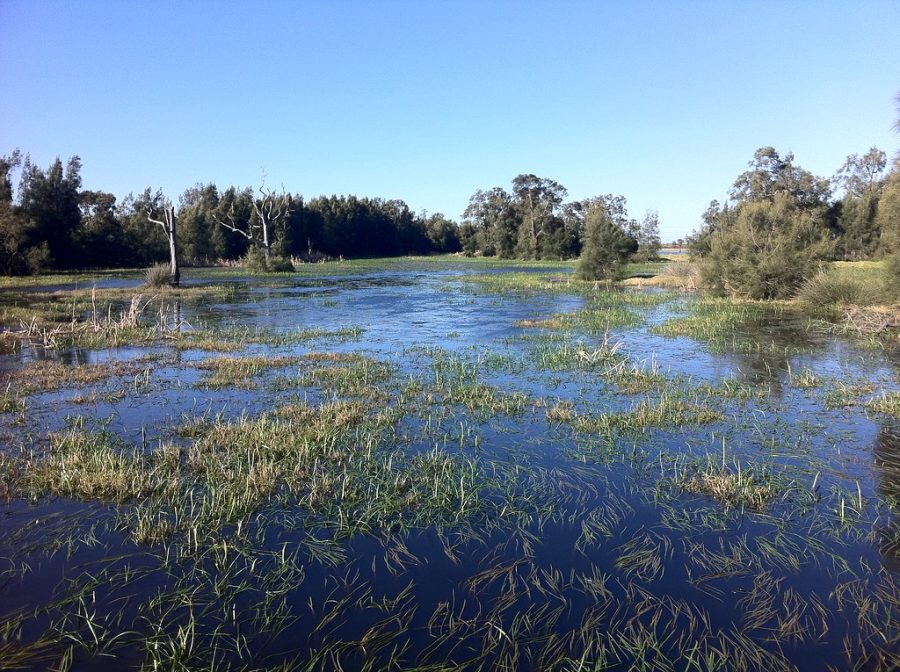Supreme Court case threatens the well-being of United States’ wetlands
October 16, 2022
In April, the Supreme Court of the United States of America ruled on a verdict that aimed to rectify several issues in the Clean Water Act. The Clean Water Act was passed in 1972 as the Federal Water Pollution Control Act Amendment. The purpose of the bill was straightforward— to preserve the quality of waterways in the U.S. and to control and establish procedural standards for water discharge and pollution.
The verdict of Louisiana v. American Rivers redefined the certification process for obtaining building permits on protected ground.
Earlier this month, another case pertaining to the CWA was added to the SCOTUS docket. Like Louisiana v. American Rivers, much of the controversy of Sackett v. Environmental Protection Agency was over terminology. The main disagreement was over whether wetlands or other water sources adjacent to navigable waters are government-protected.
The actual case arose in 2007. The Sackett family bought property near Idaho’s Priest lake and began to build property. Shortly after construction started, the EPA promptly sent the family a warning notifying them the wetlands they were building on were considered protected waters under the CWA.
The Sacketts countersued, arguing that because the wetlands are only adjacent to Priest Lake and not directly connected, the wetlands do not fall under regulated land. They believed that the definition of protected waters in the CWA is too broad.
“The plain meaning of ‘water,’ as elucidated by dictionary definitions and what have you, is streams, creeks, rivers, what have you — not wetlands,” Damien Schiff, the legal representative of the Sacketts, stated.
Through this argument the EPA has no authority over wetlands like the ones on the Sackett’s property because they are not considered “water.”
Environmentalists are pushing hard for SCOTUS to vote in favor of the EPA. Jon Devine, a director at Natural Resources Defense Council, Inc., and other environmentalists argued that all wetlands are connected, even underground. The wetlands on the Sackett’s property provide water purification, water regulation and wildlife habitat, qualities shared by all wetlands. If these areas are not protected, there will be massive loss of these biomes everywhere around the country.
This case will set a precedent on redefining “waters” protected under the CWA.
The EPA is authorized under the CWA to protect all navigable waters in the United States. Navigable waters are defined by the CWA as “the waters of the United States, including the territorial seas.”
In 2020, the Clean Water Rule was repealed and the Navigable Waters Protection Rule was passed.
The NWPR established four categories under EPA jurisdiction that were protected by the CWA. One of the categories was for streams, rivers, marshes and wetlands that contributed to surface water flow in navigable waters.
Under the NWPR, wetlands and other sources that are adjacent to navigable waters but not directly connected to those waters are not protected under the CWA. Despite not being directly connected, pollution in one area can still spread to other adjacent water sources.
The Judicial aspect of this case centers around repairing ambiguous terminology rather than addressing environmental concerns. The SCOTUS must provide hard-and-fast rules that a “reasonable person” could use to determine if their property is adjacent to navigable water and therefore needing a Clean Water Act permit.
Redefining the CWA could potentially remove protection from 80% of the streams in the Southwest. The court will officially decide on this case in 2023.







